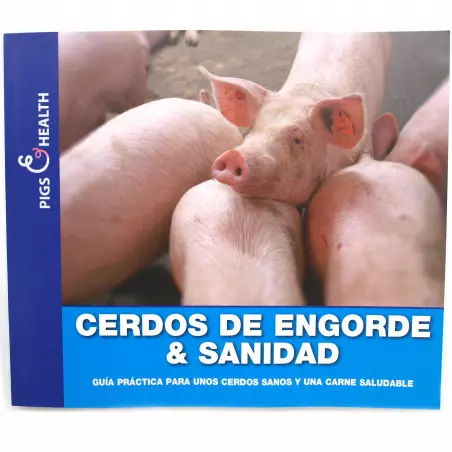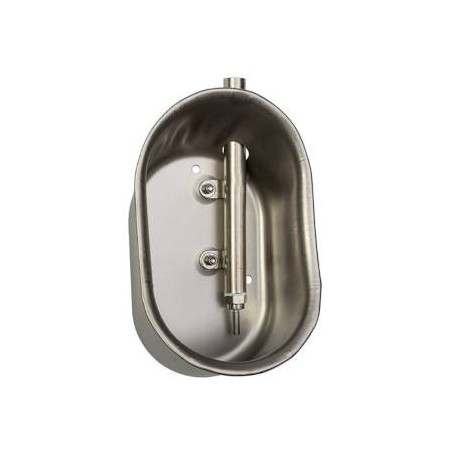A primary swine production goal is to increase efficiency of lean tissue gains. Feeder visit frequency has been related to genetic selection for feed efficiency, with more feed efficient pigs visiting the feeder fewer times compared to less feed efficient pigs. While many swine production systems currently utilize ad libitum feeding, recent research suggests that altering feeding patterns may impact feed efficiency. Therefore, the objective of this study was to compare two feeding patterns and evaluate their impact on whole body tissue accretion, feeding behaviour and activity in growing pigs. Forty eight individually housed gilts (55.9 ± 5.2 kg on test BW) were assigned into one of two feeding treatments: 1) Free access to the feeder (Free Access) or 2) twice daily access where gilts were allowed to eat ad libitum between 08:00–09:00 h and again from 17:00–18:00 h (2 ×). Pig performance was recorded weekly for 55 days and average daily gain (ADG), average daily feed intake (ADFI), and gain:feed (G:F) was calculated. Body composition was assessed in 12 gilts per treatment using dual X-ray absorptiometry (DXA) at day − 3 and 55 of treatment, and tissue accretion rates were calculated. Gilt behaviours were assessed via video analysis during week 7 and included time spent eating, feeding rate, enrichment interaction, postural changes, standing, sitting, and lying behaviours.
Gilts fed 2 × had lower ADG and ADFI compared to Free Access gilts (P ≤ 0.01); however, no treatment difference in G:F was observed (P = 0.83). At day 55 gilts fed 2 × had a lower fat:protein compared to Free Access gilts (P = 0.05). Fat, lean, and protein accretion rates were lower in gilts fed 2 × compared to those fed Free Access (P = 0.01). Gilts fed 2 × ate less frequently and for a shorter duration of time, interacted with enrichment more frequently (P ≤ 0.005), and tended to have less frequent postural changes compared to Free Access gilts (P = 0.08). No treatment differences were observed in duration of time spent standing, sitting, or lying (P ≥ 0.39).

Although feed regimen did not alter feed efficiency, these data indicate that twice daily feeding reduced gilt adiposity and growth without altering the pig's behavioural expression of hunger. Therefore, twice daily feeding may be a method of increasing percent of lean tissue without negatively impacting gilt welfare.
Colpoys, J. D., Johnson, A. K., &Gabler, N. K. (2016). Daily feeding regimen impacts pig growth and behavior. Physiology &behavior, 159, 27-32. http://dx.doi.org/10.1016/j.physbeh.2016.03.003







